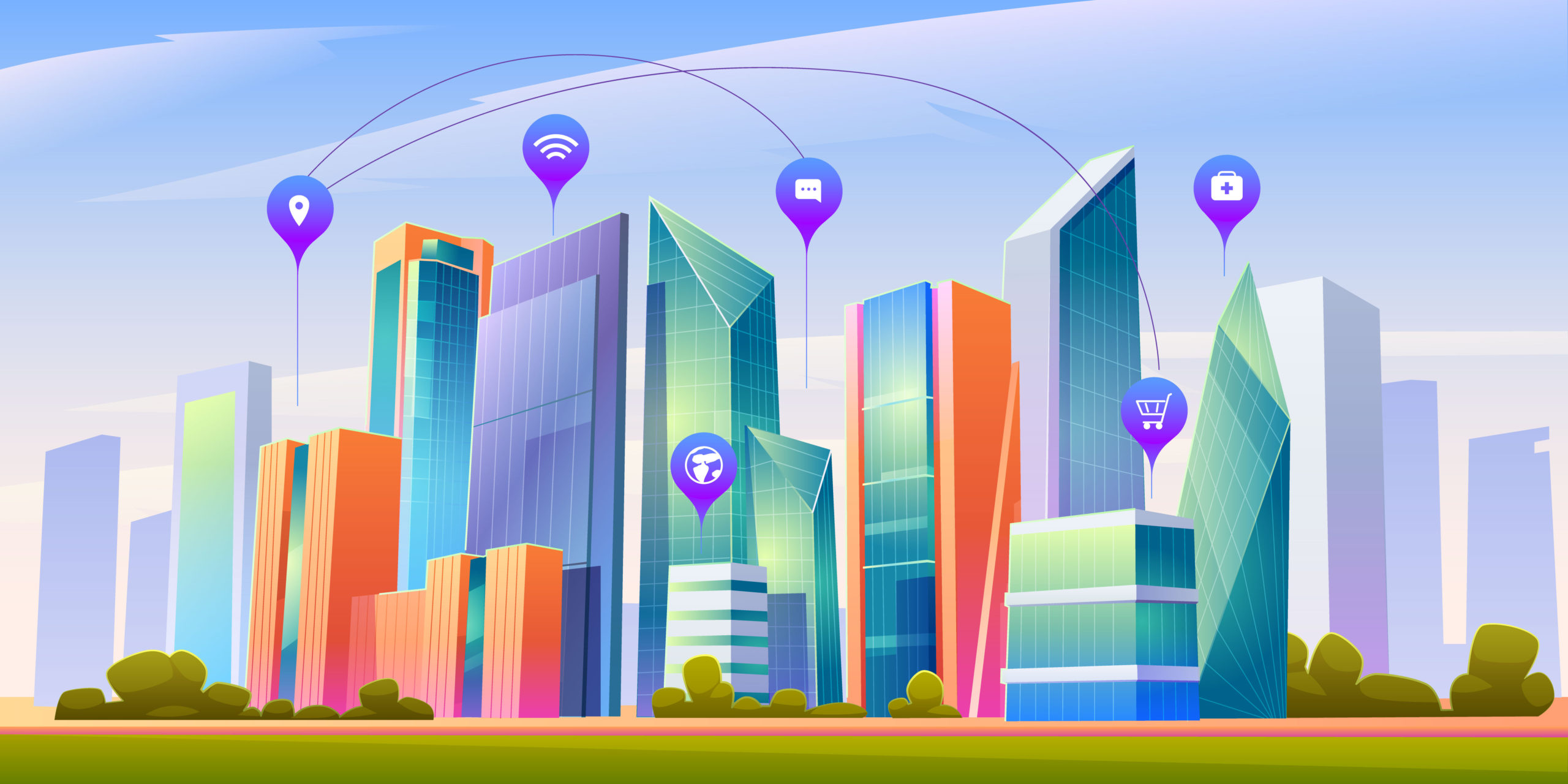High technologies have influenced a new understanding of the role of architects and urban planners in the formation of an urban ecosystem. We are amidst a digital revolution in many contexts and the confluence of new technologies has made a great impact on urban cities. Today, the concept of an urban set up can seldom be imagined without the use of Renewable Energy and Energy Efficiency principles in the face of ecological crises, sustainability issues and efficient management of the built environment; both new and the existing city design. An approach towards conceptualizing a public realm is not only restricted to a creative outlook towards the mainstream strategy of vivid form and function, but also to give shape to a more advanced construction system which is sustainable and productive in terms of social, economic and ecological aspects – The Smart City.

Architecture and urban planning form the cornerstone in the strategic planning of a smart city and can leverage smart interventions in the form of Information and Communications Technology infrastructure, technology and design. Collective intelligence or the concept of integrated urban planning through ICT has gained traction – unifying the city infrastructure of communication, transportation, housing, water, sewage, solid waste management & energy with a long-term emphasis and a foresight for a more intelligent use of systems to support urban development.
Spotlight on India – Population Growth and Existing Infrastructure
For its ambitious smart cities project, India is exploring ways to rejuvenate its overstretched urban settlement with smart interventions – albeit ridden with challenges. With nearly 477 million, comprising 34.9% of India’s population now living in urban areas, the urban population in India is growing at the rate of 1.15% per annum. Due to rural-urban migration and messy urbanization, 114 million people live in urban slums and this poses a great challenge for urban inclusion.

A green field project may seem ideal, but a re-development of existing urban area is complex and contained. Retrofitting in highly complicated as the existing urban fabric is restricted and only the ability to expand the existing ailing utilities to support and co-exist with modern ‘smart’ services for a data led networked infrastructure would seem the best possible from a socio-economic and environment perspective. Architects and urban planners can promote social cooperation in the planning process – the approach can move from singular outlook (i.e. buildings or streets) to an integrated process for resources optimization.

But there are other challenges too. How to meet the growing need along with a system that can ensure collaboration, eliminate redundancies and establish a mechanism for a scalable and an economically successful model? How to reconcile different interests and plug in every layer possible to make the smart infrastructure become a part of sustainable development? How different is the way of construction, development and the use of new materials with high performances which meet the complex design, structural, environmental and energy requirements?
This may necessitate existing knowledge to be expanded and a more intensive exchange of specific information or modelling of key systems of sustainable urban development on a global level.
Smart Urban Planning & Architecture
A smart city project must adapt to the specific reality of each city by taking the differentiating elements into consideration so the urban planning can be achieved around these dependent variables. Planning initiatives should be aligned with a city’s size, potential and primary interests. This makes it necessary to undertake different studies preceding the design, conceptualize solutions, accommodate and provide services to effect smart architecture.
Smart City Architects and Urban Planners require a close cooperation between subject matter experts, citizens, and national & city authorities. All abovementioned puts the relationship of architectural and urban planning profession towards such important global challenges into a completely new context.
The working group committee of planning commission GoI states that urban planning should be based on a ‘smart growth’ principle that concentrates growth in select city centres to avoid haphazard urban sprawl and costly extension of urban infrastructure facilities to far-off areas. This advocates compact, transit-oriented, walk-to-work, bicycle-friendly land use to the extent possible, including neighbourhood schools, streets and amenities that cater to everyone; mixed-use development with a range of housing choices and a focus on public transport.
The idea of sustainability achieved with cutting-edge technologies is becoming an imminent part of the urban landscape and architectural solutions seek an integrated approach to design. Today’s urban planners are expected to employ innovative forethoughts to include balancing environmental, economic and social objectives – all crucial from the Indian perspective where the nature of society and cities, both are heterogeneous.
References:
Scholedge R&D Center – Smart Cities &Sustainable Urbanism
Institute of Architecture and Urban & Spatial Planning of Serbia – Conference Paper 2016
International Journal of Academic Research & Development – Migration in India
Planning Commission GoI/ Steering Committees/ Working Group12


